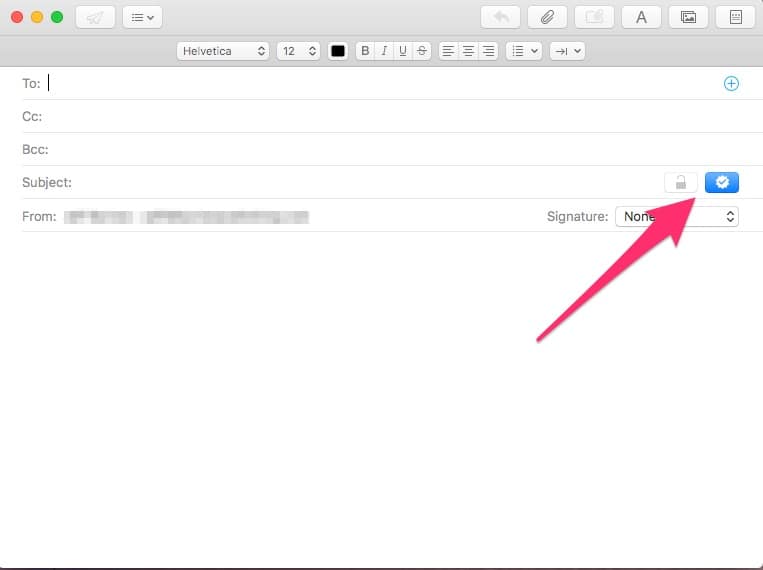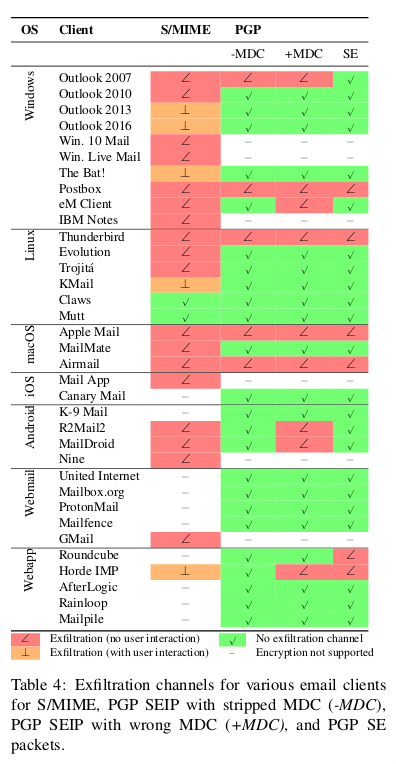

To use GPG, you create a unique encryption key, and then use that key to encrypt and decrypt your files. For more on GPG, see GNU Privacy Guard.Īt Indiana University, GPG is installed as a command-line application in the default user environments on IU's research supercomputers. Using GPG you can encrypt (and decrypt) files that contain sensitive data, such as protected health information ( PHI) regulated by the Health Insurance Portability and Accountability Act ( HIPAA) privacy and security rules.
#Gpg mail encrypt mail software#
Gpg2 -o mysecretdocument.txt -d Privacy Guard (GPG, also GnuPG) is free encryption software that's compliant with the OpenPGP ( RFC4880) standard. Transmit the encrypted file and tell the user to decrypt it at their end with the following command:
#Gpg mail encrypt mail install#
If you are on Windows, you can use Cygwin and install gpg or use the GnuPG utility which should work similarly (although I have not tried it). This is generally part of the standard packages, for example on Ubuntu:


You send the email or upload the file and then ask the recipient to decrypt it at their end using their GPG private key. Once you have the recipient’s public key, you can encrypt a file with that key. The encryption process requires to first get the GPG public key from the person you want to send the encrypted file or email to. As a bonus, an encrypted file is generally smaller than a non-encrypted file so the upload is also quicker. You can easily upload a large encrypted file on an FTP server or cloud hosting service without worrying that the file will end in the wrong hands.
#Gpg mail encrypt mail how to#
This is when knowing how to encrypt and decrypt a file via the command line comes in handy. Plus, Mailvelope doesn’t allow to encrypt files larger than 25 MB. The challenge with email extensions is that they don’t allow you to send email with such huge attachments. However, it has occurred to me to have to encrypt large files containing data dumps. These tools simplify the encryption/decryption process, especially if you are not familiar with it.

I also used Mailvelope which is an add-on for Firefox and Chrome allowing to integrate encryption in webmail providers such as Gmail, Outlook, etc. Anyone who can get hold of your email can also potentially access your systems.įor sending encrypted email I generally use Enigmail which is data encryption and decryption extension for the Thunderbird email client. This is not nice for privacy but becomes very dangerous when the content of the email or attached files contains secrets like passwords, access keys, etc. Somewhere I read that sending unencrypted email is like sending postcards: anyone can potentially read them.


 0 kommentar(er)
0 kommentar(er)
